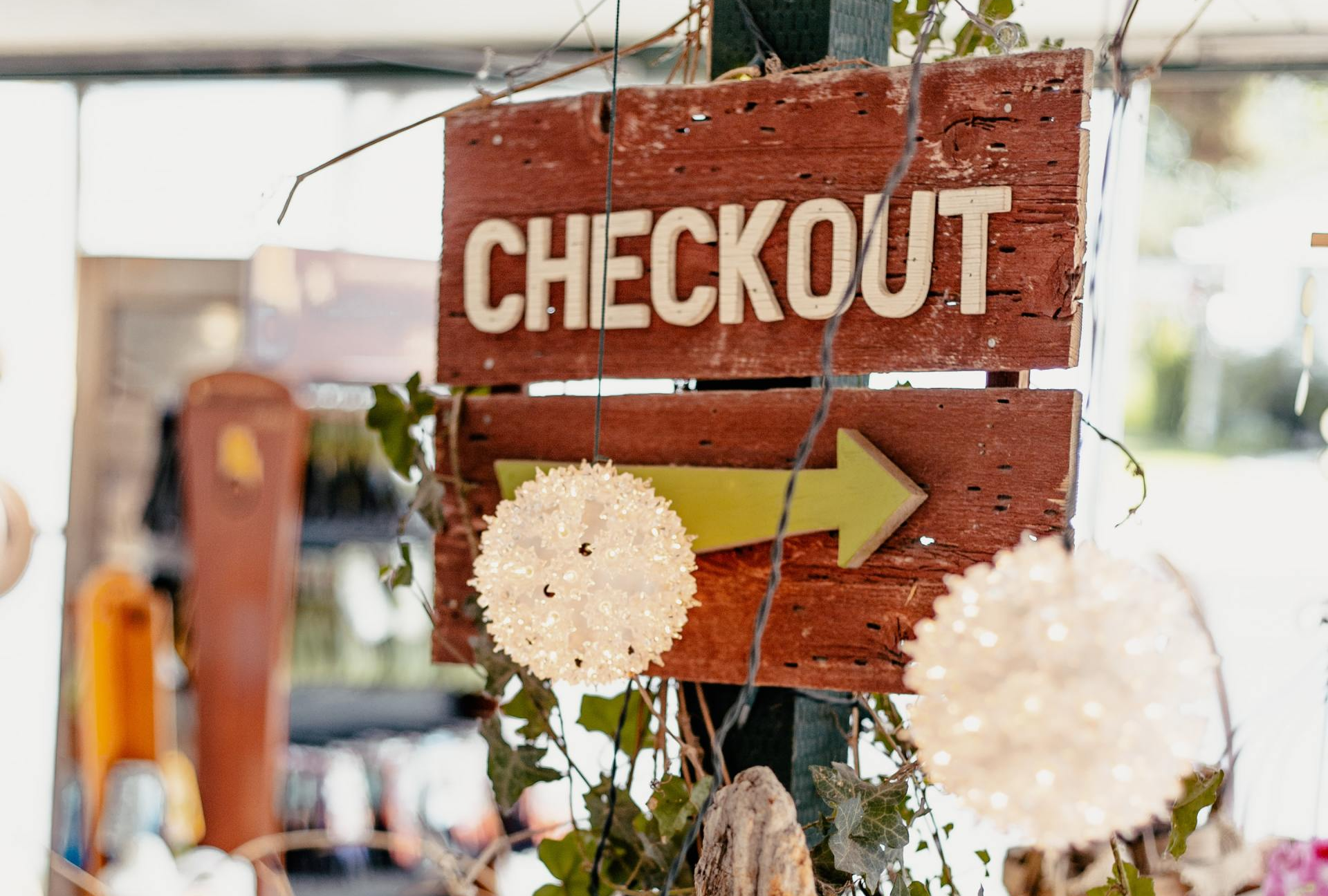Our Top 10 eCommerce Tips
It's not easy selling online. We understand this.
In the 10+ years we have been involved in eCommerce we have worked on many successful and inspiring projects, learning some invaluable lessons along the way. Whilst setting up and managing a successful eCommerce website is seldom easy, there are a surprisingly large amount of websites that neglect even the quick, simple things that can make a huge difference to their success.
View our handy fact sheet of 10 tips that can really make a difference to your eCommerce site...
1.
Make yourself more visible to Google
It’s amazing how just a few simple changes can amplify your visibility. Making sure your meta tags are strong and each page has a clean URL is a good place to start.
2. Give your customers confidence in your eCommerce site
One of the big barriers for people buying online is trust. Using HTTPS, clearly displaying security badges and payment icons as well as contact details are just some of the many ways you can instil confidence in your eCommerce shop.
3. How easy is it to navigate your website?
Navigation and search are key on an eCommerce site. Customers may not always enter your website via the homepage, so making sure the website is easy to navigate from any page is crucial. Make sure your top menu is clearly laid out and segmented logically.
4.
Finding specific products
How easily can customers find what they want on your website? Is the search facility intelligent? Can they filter products based on specific attributes, e.g. metal, stone or size? If customers can’t easily find what they want, chances are they will look elsewhere.
5. Analyse your analytics
Do you know which pages most customers enter your site through? How about which pages most customers leave the site from? Google Analytics is one of the most useful yet under-utilised tools for any website. Set up a weekly report with any relevant data to make sure you can keep on top of key areas of the website.
6. Use the Google Product Feed
The Google Product Feed is fast becoming the most powerful tool available for eCommerce. The Product Feed dominates the search results and can be a huge source of traffic. If you don’t have this in place then it’s definitely worth looking into.
7.
Responsive is crucial
How does your website look on a tablet? How about on a mobile? If your website is not responsive it’s almost certain you will be losing out on sales. Not only will your website be more difficult to navigate on smaller devices, but Google is now marking down websites in the search results that are not responsive.
8. Don’t miss out on a single sale
Do you have the ability to see when a customer abandoned their cart before completing the checkout? If so, do you act on this? Automated emails can be sent out to customers who abandoned their cart to find out why, perhaps even offering a discount code to tempt them back. At the very least this can provide invaluable feedback on why they left to prevent future customers doing the same.
9. Don’t make It an ordeal for customers
Another one of the big reasons people will not complete an order is the process. Even simple things such as having a “post code lookup” when they enter an address can make the difference. The whole checkout process needs to be as smooth and as simple as possible – too many websites make this mistake.
10. Most importantly… measure it!
Taking some time to measure and understand conversions on your website is something that nowhere near enough people actually do. Identify what is working best on your eCommerce site can give you a clear and effective marketing strategy. Clear and effective marketing strategy = more sales!
Find out more about the incredible companies we work with here and contact us to see how we can help with your website.
More Posts.








